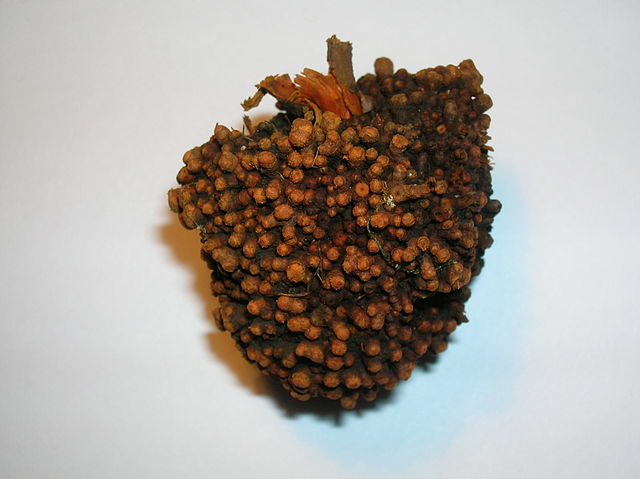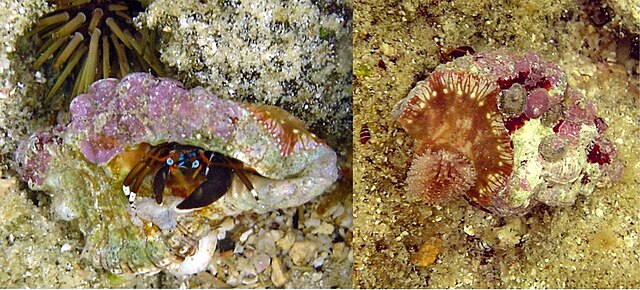Commensalism is a long-term biological interaction (symbiosis) in which members of one species gain benefits while those of the other species neither benefit nor are harmed. This is in contrast with mutualism, in which both organisms benefit from each other; amensalism, where one is harmed while the other is unaffected; and parasitism, where one is harmed and the other benefits.
Remora are specially adapted to attach themselves to larger fish (or other animals, in this case a sea turtle) that provide locomotion and food.
Phoretic mites on a fly (Pseudolynchia canariensis)
Inquilinism: Tillandsia bourgaei growing on an oak tree in Mexico
Symbiosis is any type of a close and long-term biological interaction between two biological organisms of different species, termed symbionts, be it mutualistic, commensalistic, or parasitic. In 1879, Heinrich Anton de Bary defined it as "the living together of unlike organisms". The term is sometimes used in the more restricted sense of a mutually beneficial interaction in which both symbionts contribute to each other's support.
In a cleaning symbiosis, the clownfish feeds on small invertebrates, that otherwise have potential to harm the sea anemone, and the fecal matter from the clownfish provides nutrients to the sea anemone. The clownfish is protected from predators by the anemone's stinging cells, to which the clownfish is immune. The relationship is therefore classified as mutualistic.
Alder tree root nodule houses endosymbiotic nitrogen-fixing bacteria.
Hermit crab, Calcinus laevimanus, with sea anemone
Bryoliths document a mutualistic symbiosis between a hermit crab and encrusting bryozoans.







